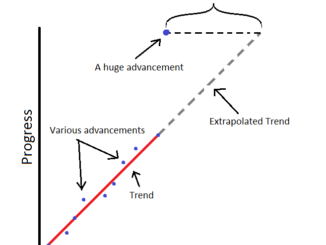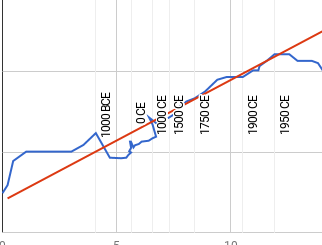
Pages

AI Timeline Surveys

Conversation notes

Conversation notes

Conversation notes

Featured Articles

Continuity of progress

Historical Continuity of Progress

Continuity of progress

AI Inputs

AI Timelines